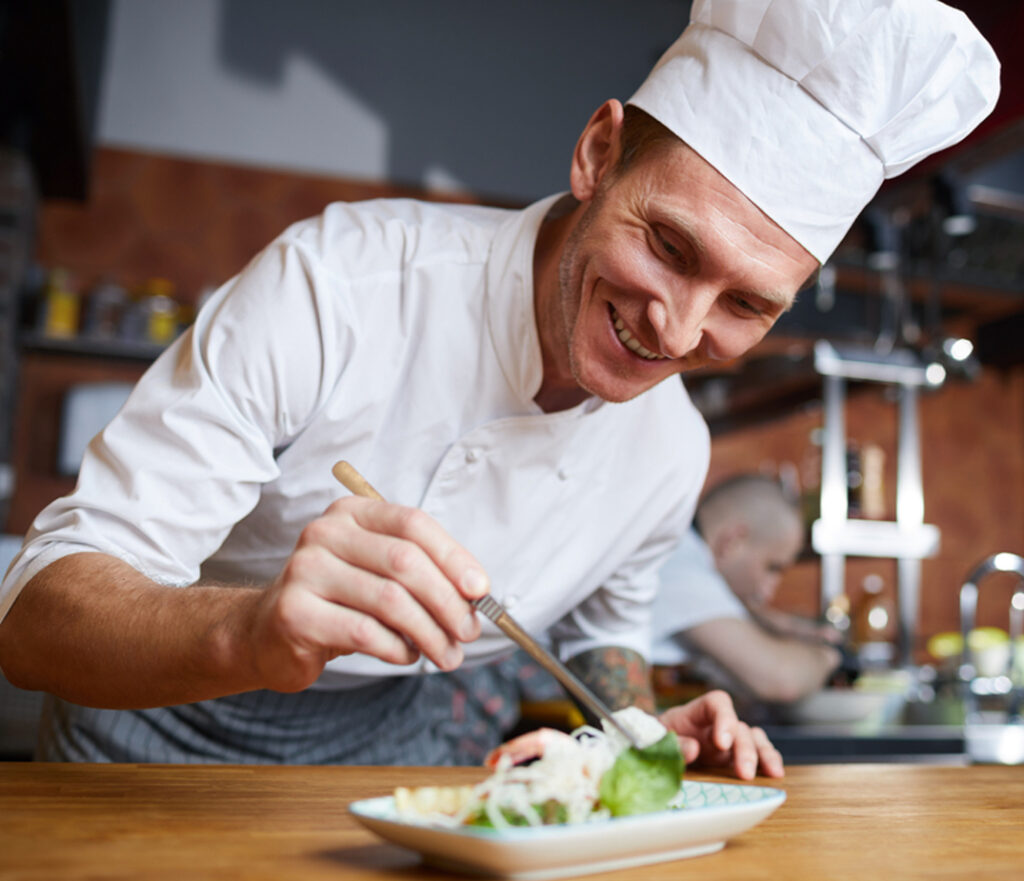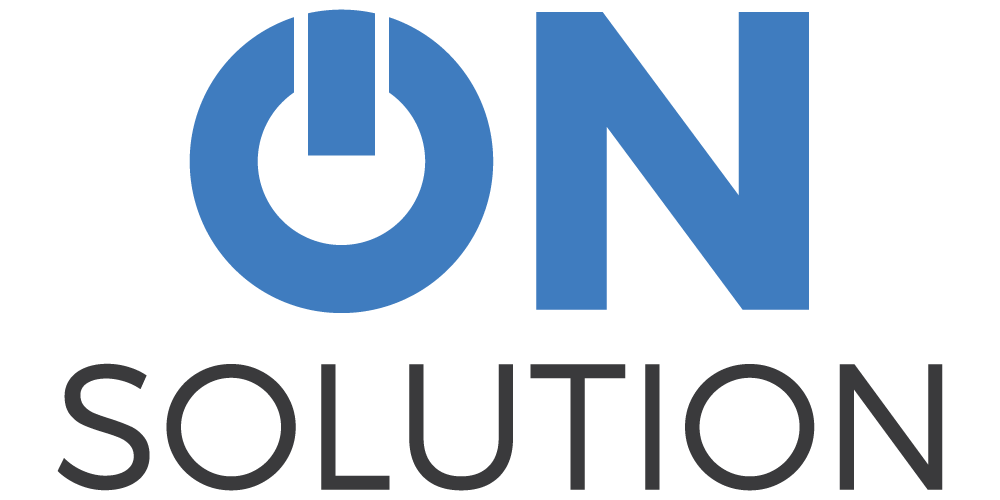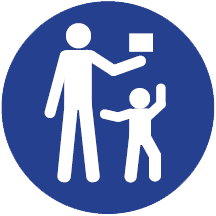The Best Way to Monitor Temperature
The Best Way to Monitor Temperature
Despite food temperature being a hot topic (pardon the pun), there doesn’t seem to be much discussion on how to monitor it. In this article, I want to briefly cover the different types of thermometers and temperature loggers, as well as their practical use, both for EHOs as well as within restaurants, cafes, and caterers. This goes beyond “standards” and looks at best practices.
Thermometers
These devices offer a direct readout of the current temperature, typically through a probe that’s inserted into the substance or environment being measured. They are straightforward and commonly used for quick temperature checks, such as in hospitality fridges.
Infrared Thermometers
Instead of physical contact, these thermometers measure temperature by detecting the infrared radiation emitted by an object’s surface. They are convenient for measuring surface temperatures without touching the object, but users should be trained to use them effectively.
Min/Max Thermometers
These instruments not only display the current temperature but also track and display the minimum and maximum temperatures recorded since the last reset. They’re particularly useful for monitoring temperature fluctuations over time, such as in vaccine storage, where maintaining consistent temperature ranges is critical.
Thermometers on Controllers
Unlike standalone thermometers, these devices are integrated into systems that both monitor and sometimes regulate temperature, such as in refrigerators with digital temperature displays and control panels. While they offer convenience, they lack the independent verification provided by separate monitoring devices.
Temperature Loggers
Temperature loggers provide comprehensive data logging capabilities, recording temperature readings over time. They offer insights beyond current temperature, such as when temperature excursions occurred, how long they lasted, and when they were resolved. Cloud-based loggers offer real-time monitoring and alerts, enhancing food safety protocols by providing timely notifications of temperature deviations.

EHO Applications
Thermometers
A thermometer is the ideal way to do a spot test on fridges and freezers. Infrared thermometers make this process very quick and easy, but you need to understand their limitations. A probe thermometer is ideal for testing the core temperature of food. It provides an instant spot check on the current temperature.
Temperature Loggers
An underutilised tool for EHOs is temperature loggers. For example, it is possible to have a temperature logger either left on-site or sent prior to a visit and have an extended period of time monitoring a fridge or freezer. This is the ultimate level of accountability for a restaurant. There are also many brands of temperature loggers, such as Logtag, that allow you to have a password to stop others accessing the data. While this may not be needed for the majority of facilities, it is an incredibly powerful tool to help monitor the handful of problem sites.
Food Handling Applications
Transport Vehicles
Refrigerated vehicles typically have temperature displays, but relying solely on these may overlook issues like drivers turning off refrigeration to save fuel. Using temperature loggers in transport vehicles can provide detailed insights into temperature fluctuations and identify issues like prolonged temperature deviations due to external factors like steep hills.
Shipping and Deliveries
Receivers often use thermometers, including infrared ones, to spot-check temperatures upon delivery. While not perfect, this practice provides some assurance regarding temperature conditions during transit. Including temperature loggers with shipments offers better visibility and can quickly identify temperature-related issues, especially for sensitive items. Loggers with built-in USB connectors facilitate easy data retrieval.
Storage
While fridge displays show current temperatures, periodic checks with independent thermometers are necessary. Temperature loggers offer a superior solution by providing unbiased and reliable data, especially when integrated into cloud-based monitoring systems like Clever Logger.
Cooking
Thermometers are essential for ensuring food reaches and maintains safe cooking temperatures. For complex processes requiring precise temperature control over time, thermochron temperature loggers offer detailed analysis and validation of cooking processes.
Cooling
Temperature discrepancies, such as wraps with core temperatures above 5°C despite fridge temperatures being adequate, highlight the importance of proper cooling procedures. Thermochron loggers help identify cooling timelines and validate cooling processes, preventing misinterpretations of refrigeration issues.
Preparing
Monitoring food preparation focuses more on adherence to procedures and minimising preparation times rather than temperature monitoring. Tracking whole items split into multiple portions can be challenging, necessitating rigorous procedural controls to ensure compliance with food safety standards.

